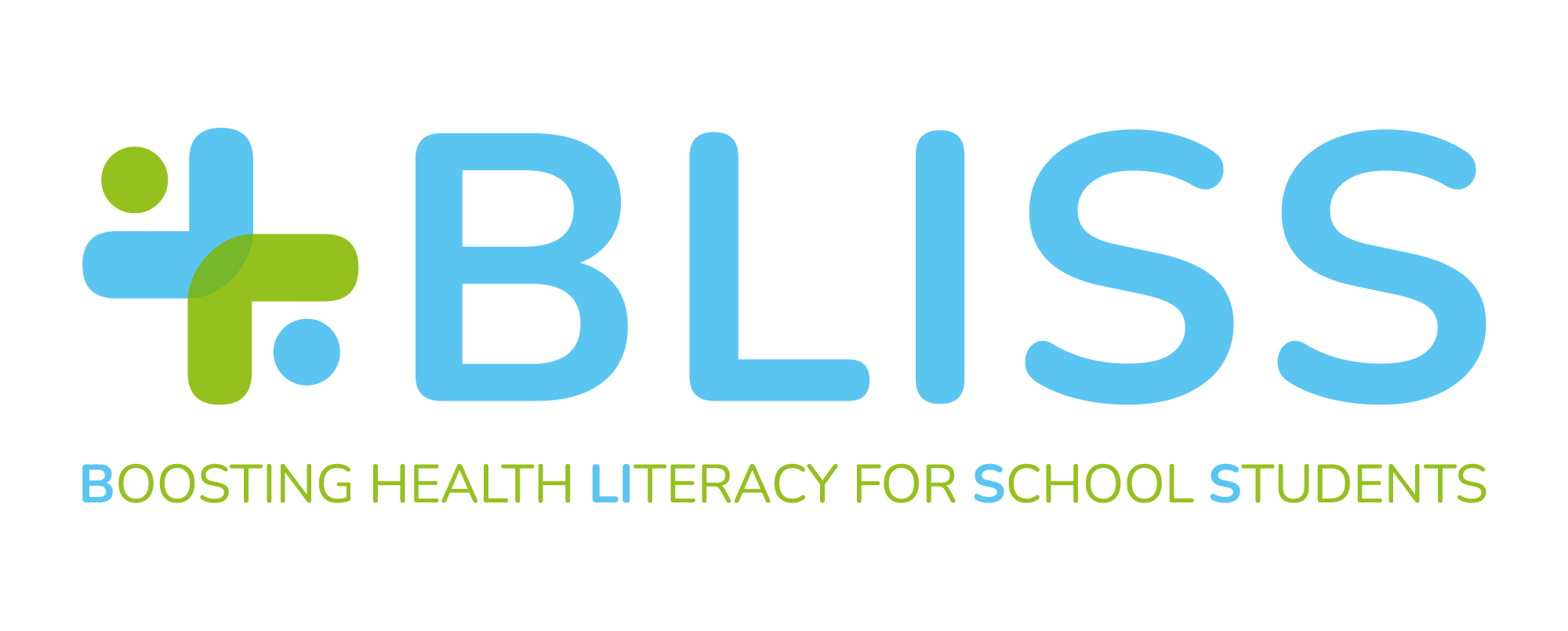Digital Health Literacy
What is health literacy and why is it important?
The WHO health promotion glossary defines health literacy “as the cognitive and social skills which determine the motivation and ability of individuals to gain access to, understand and use information in ways which promote and maintain good health.”
Health literacy will enable children and adolescents to:
- access and navigate health information environments,
- understand health messages,
- think critically about health claims and make informed decisions about health,
- acquire health knowledge and use it in new situations,
- communicate about health topics and concerns,
- use health information to promote their own health, that of others, and environmental health,
- develop healthy behaviours and attitudes,
- engage in healthy activities and avoid unnecessary health risks,
- become aware of their own thinking and behaving,
- identify and assess bodily signals (e.g. feelings, symptoms),
- act ethically and socially responsible, · be a self-directed and life-long learner,
- develop a sense of citizenship and be capable of pursuing equity goals,
- address social, commercial, cultural, and political determinants of health.
Health literacy is not only about individual competencies and behaviour, but includes a holistic approach which incorporates the environment, thereby helping children and adolescents to achieve health and social goals. In this setting, it means that health literacy is context-specific, relational, and depends on the conditions of a child`s environment, which are most likely to determine if a child can acquire and use health literacy to optimally promote health. Schools are formal educational organisations and offer structures that can enable or disable successful education and health promotion processes. The structures are largely determined by socio-ecological factors of the environment, school policies, and children`s resources. Any sustainable action to strengthen the health literacy of children and adolescents and improve their health and academic outcomes must address the whole school environment. Targeting the health literacy of school-aged children also means including the health literacy of teachers, school principals, school staff, and the whole school organisation as well as other actors within the wider socio-ecological school environment (e.g. links to the community including e.g. health, mental health, and social services as well as parents) [1].
[1] For further information, please consult https://www.schoolsforhealth.org/sites/default/files/editor/fact-sheets/factsheet-2020-english.pdf
